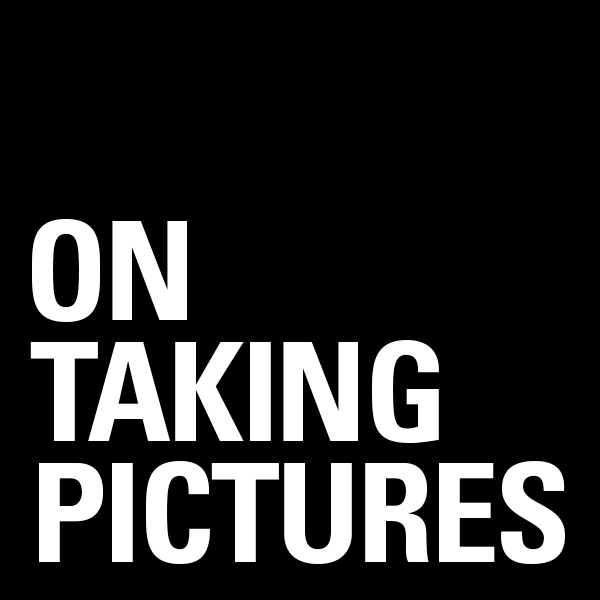I entered a competition in London a few months ago and the definition of a portrait they used was terribly broad. It covered pretty much any photograph with a human in it. However, to me, many such pictures are often better described as snapshots. That’s not to say they’re not good or even great photographs; Indeed, you could certainly call a lot of Cartier-Bresson’s pictures snapshots and certainly no on would agrue that they’re not incredibly great photographs.
In the past, wealthy people trying to prove their wealth (it often seems that this is the job of wealthy people) would hire painters to come in an immortalize them in armor (as if they ever actually went into battle), or on horseback, or perhaps much more attractive than they actually were. I’m not sure if I would call these portraits either. Or rather they are, but perhaps they should be titled ‘fantasy portraits’. This covers a good percentage of celebrity portraiture today. Especially the editorial stuff in the glossy magazines. And again, it’s not to say they’re not beautiful photographs, I love and have shot a lot of stuff that looks like that, but I’m not sure they really tell you anything about the subject; The pomp and circumstance gets in the way.
One of the most important things I learned while shooting all those people last year, is that you can’t take a true portrait of someone unless they want to let you take it. It’s a partnership, and if the subject is not willing to join in, you’re screwed. Sometimes it’s just a matter of time. Keep shooting, and let them get comfortable and you can get something really nice. I guess that’s where the people skills come in. It’s all about making people feel like they are safe to show themselves to the camera.
Then again, I watched a documentary recently, where a guy said that it’s a bunch of bullshit. That any photograph is a translation of reality, and that you can never really capture a person’s true soul. He might be right, but I do think there are special times that you can capture THAT person in THAT moment, and perhaps that’s the best that we can ever do. Or at least, that’s what I try to do. Whether or not I do is certainly open for debate.
 Here’s an example.
Here’s an example.
Pretty standard picture of a man staring at a camera.
This is a portrait of my father that I took in April of 2005, about 5 months before he died of pancreatic cancer. We had decided to take some pictures while he looked thin but relatively healthy. I honestly can’t remember if it was my idea or his, but there we were in the living room with a blue sheet hanging as a backdrop.
While was setting up the strobe and was just taking pictures trying to get the exposure right, I got this shot.
Once we started for real I took a lot of photographs where my father is smiling and seemingly happy, because that’s the photo he really wanted to take. However when I got home and looked at them all, this is the one that stood out to me. It had to be saved from under-exposure and is not terribly in focus, but there is something about it that gets to me. My sister hates it and has physically taken it off the wall when she’s come over.
I guess my question is; Did I actually capture something in my father in this split second? Or is it just a blank stare while he waited? Would it be the same photograph if he was just some guy getting his ID photo taken at work? And perhaps more important to the point, does the fact that you know
he’s got a terminal disease change the way you read his expression?
It’s these kinds of questions that I keep trying to answer in an effort to get better at what I do. My own personal definition of a portrait is a moving target. Even more so in the past few weeks. I hope I can eventually come to some conclusion, even if it is only temporary.
